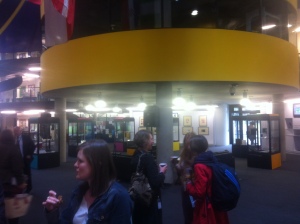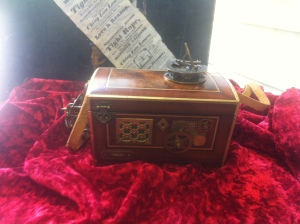
A little epiphany
Today I saw a diagram that looked a bit like this:
It was in the chapter on Narrative from Tynan Sylvester’s Designing Games. He explains that with this this sort of structure, “any given player misses most of the content”. There’s another problem too – with this sort of structure, it’s incredibly difficult to pace the emotional rhythm of the narrative.
Continue reading →









